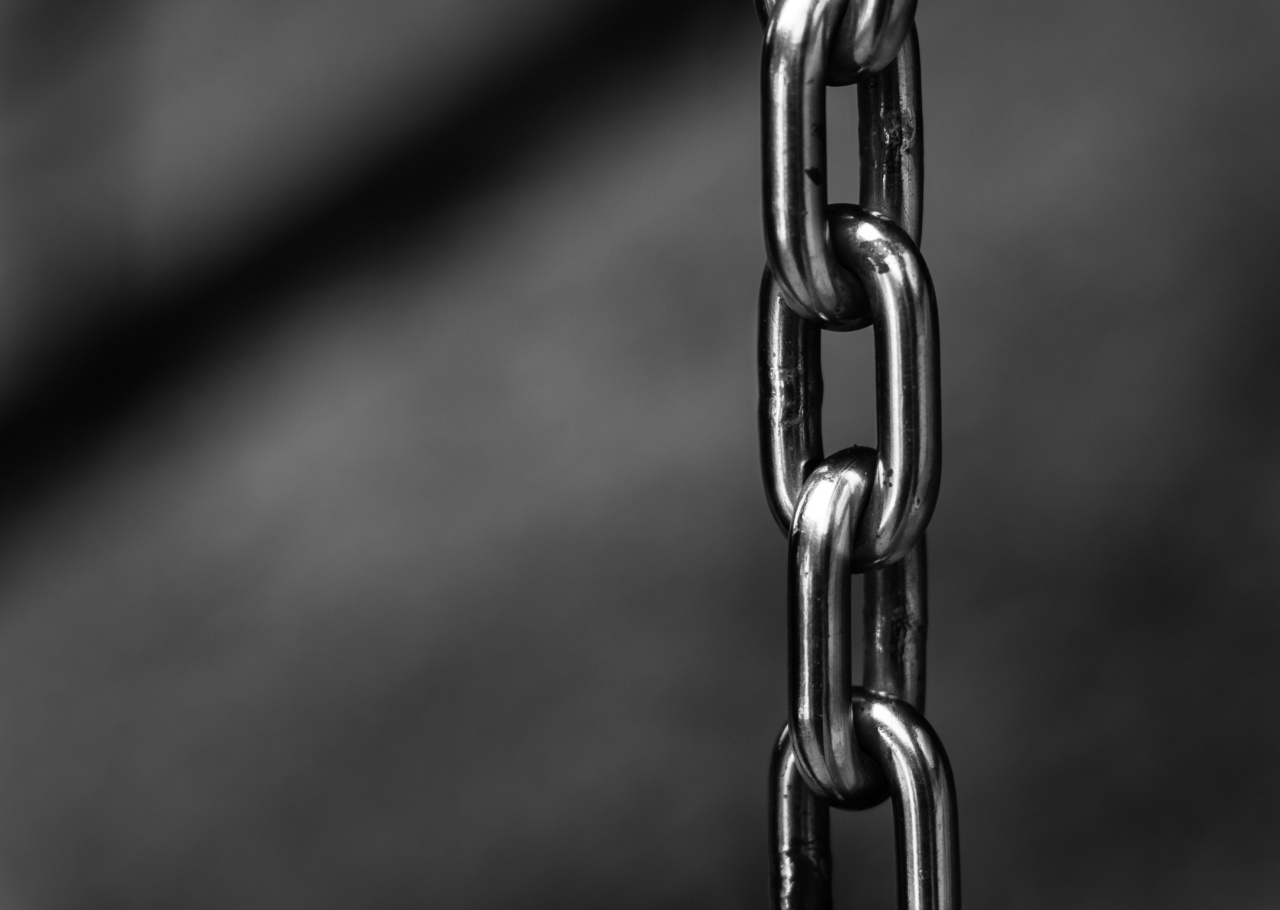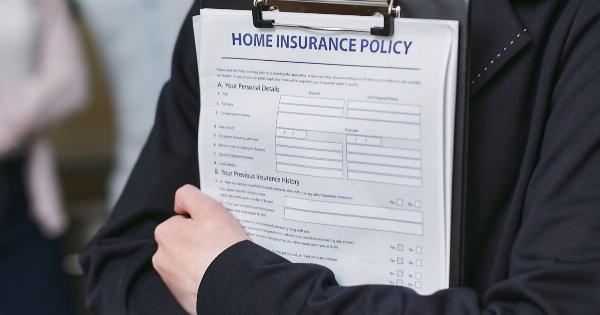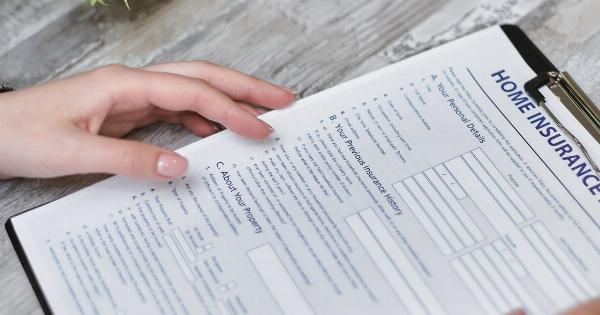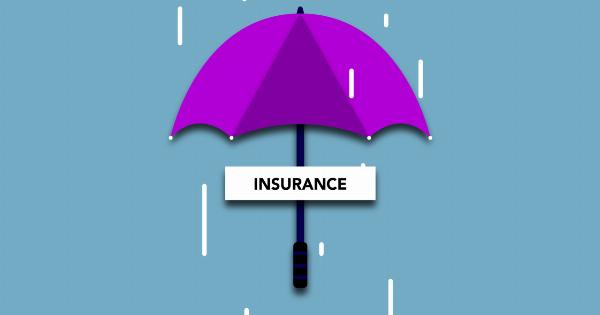As a homeowner, your house is likely the most expensive purchase you will ever make. Naturally, you want to protect your investment, and that is where homeowners insurance comes in.
Homeowners insurance provides coverage for damages and losses to your home and belongings in the event of a disaster or accident. While insurance can be expensive, locking in low rates is possible with a little knowledge and some careful shopping around.
What is Homeowners Insurance?
Homeowners insurance protects your house and its contents against damage or theft, and provides liability coverage for accidents that occur on your property.
It is important to note that homeowners insurance does not cover damages resulting from certain events such as earthquakes or floods, so additional coverage may be necessary in those cases.
Most basic homeowners insurance policies cover the cost of repairing or rebuilding your home in the event of damage caused by events such as fire, lightning, hail, or wind.
The policy also covers damage to personal property, such as furniture, clothing, and electronics, up to a certain limit.
If someone is injured on your property, homeowners insurance can cover their medical expenses, as well as any legal fees associated with a lawsuit.
Additionally, homeowners insurance can provide coverage if you are forced to leave your home due to a covered event, such as fire or severe weather.
How Homeowners Insurance Rates are Determined
Homeowners insurance rates are determined by various factors, including:.
- The age and condition of your home
- The location of your home
- The amount of coverage you need
- Your deductibles
- Your credit score
- Your claims history
Your location can play a big role in determining your homeowners insurance rates. If you live in an area that is prone to natural disasters, such as hurricanes or tornadoes, you can expect to pay more for coverage.
Additionally, the age and condition of your home can impact your rates. An older home may be more expensive to insure, as it is more likely to experience problems like plumbing or electrical issues.
Your credit score can also be a factor in determining your homeowners insurance rates. Insurance companies use credit scores to evaluate how much risk you pose as a policyholder.
Those with a lower credit score may be deemed riskier and face higher rates.
How to Lock in Low Rates
While the factors above may seem out of your control, there are things you can do to help lock in low homeowners insurance rates. Here are a few tips:.
: 1. Shop Around
Don’t just settle for the first homeowners insurance policy you find. Shop around and get quotes from multiple companies. Compare the rates and the coverage offered by different insurers, and choose the one that best fits your needs and budget.
: 2. Increase Your Deductible
A higher deductible can mean a lower insurance premium. A deductible is the amount you pay out of pocket before your insurance coverage kicks in.
By increasing your deductible, you lower your overall risk as a policyholder, which can result in lower monthly premiums.
: 3. Improve Your Credit Score
As mentioned earlier, your credit score can impact your homeowners insurance rates. If you have a lower credit score, take steps to improve it.
Pay your bills on time and reduce your debt-to-credit ratio to increase your credit score and potentially lower your insurance rates.
: 4. Bundle Your Policies
If you have other insurance policies, such as auto insurance, consider bundling them with your homeowners insurance. Many insurers offer discounts for bundling policies, which can help you save money on both policies.
: 5. Make Home Improvements
Home improvements can help reduce your homeowners insurance rates. For example, adding storm shutters or reinforced roofing can help protect your home against severe weather, which can lead to lower insurance rates.
Additionally, upgrading your home’s security system can help lower your insurance rates by reducing the likelihood of theft or vandalism.
Conclusion
Homeowners insurance is a necessary protection for your most valuable asset. While insurance rates can be expensive, taking the above steps can help you lock in lower rates.
Shopping around for the best policy, increasing your deductible, improving your credit score, bundling policies, and making home improvements are all ways to lower your homeowners insurance costs.

























